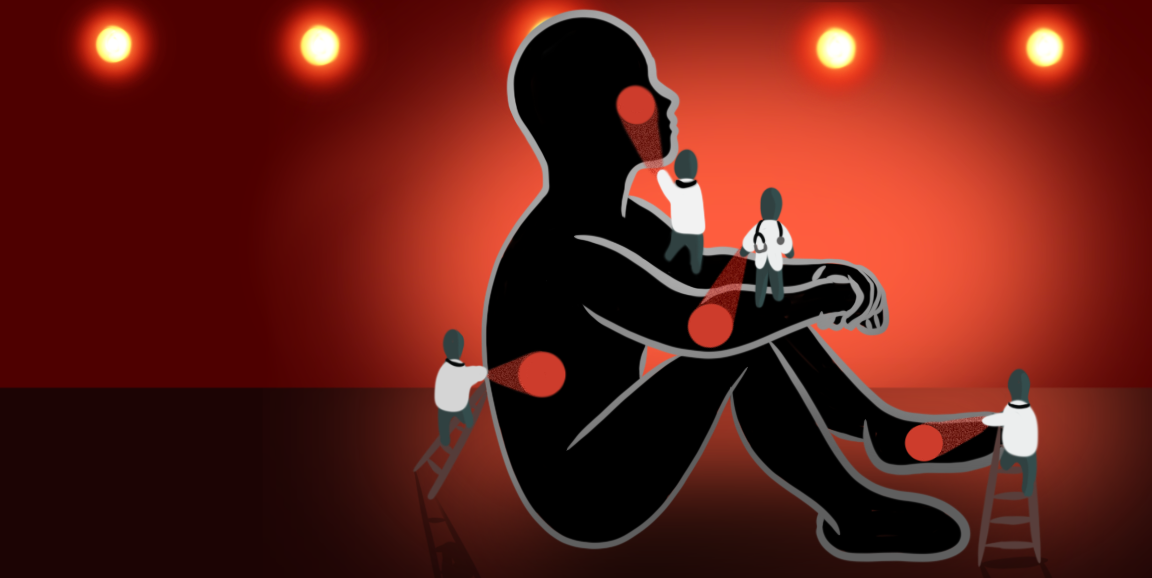Here's a question for anyone hoping to red light their way to a youthful complexion: Did you know that in dermatology red light treatment is used mostly for hair growth?
It begs a more serious question for those of us already using red light in our skincare routine: Are we hoping to smooth out those wrinkles just to end up looking like Wolverine?
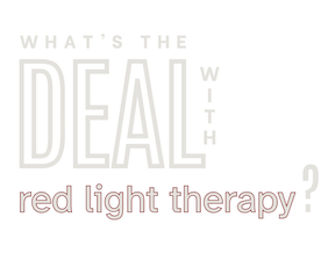
The conundrum points to a larger issue with red light treatment, as the tools to harness its potential benefits become more available online as well as in spas, gyms and dermatology clinics. While it has gained a reputation as a multipotent ray of wellness, with claims that it can treat conditions from aging skin to erectile dysfunction, what does the research say?
Beyond that lie more questions. Can it be used safely? How is it changing the body at a cellular level? And, oh yeah: Are those using red light to reduce wrinkles destined for a surprise beard?
We turned to our Stanford Medicine experts for some red light answers -- to explain the science of it, to decipher the research-backed uses for it and to parse the many things we still don't know about red light therapy.
Historic and modern uses
Before red light gained a reputation in the beauty industry, dermatologists used it for early-stage treatment of skin cancers, said Nour Kibbi, MD, clinical assistant professor of dermatology. Red light applied at a specific wavelength in conjunction with a topical drug kills skin cells. When applied to damaged or diseased skin cells, such as cancer cells, those cells die off and allow for the growth of new skin.
Since then, red light has been used for a variety of new health and beauty concerns that largely harness something called "photobiomodulation," or the use of light to alter biology, said Zakia Rahman, MD, clinical professor of dermatology.
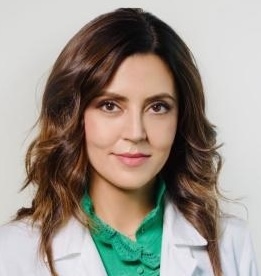

"In 2015, the National Library of Medicine made photobiomodulation a Medical Subject Heading term," Rahman said, referring to the official vocabulary used to organize PubMed's research articles. "Since then, we've seen a major increase of published studies validating the science of photobiomodulation."
The word for it might be new, Rahman said, but the studies that evaluated the effects of red light on biology date back to the 1960s, when a Hungarian scientist was investigating whether exposure to low levels would cause mice to develop skin cancer. Instead, they found that those receiving red light treatment sprouted more hair. Additional studies -- in mice and in humans -- bolstered evidence of red light's ability to generate hair growth.
Debating effectiveness
While hair regeneration and wrinkle reduction have fairly robust evidence to support the use of red light therapy, other applications, such as improving athletic performance, lack data. Since red light devices come in a variety of shapes and sizes, have different potencies and prescribed time of use, as well as extreme variation in costs, measuring their comparative effectiveness can be like comparing apples with oranges.
According to science, red light isn't bogus. With a process called selective photothermolysis, light can be tailored to use specific wavelengths to target tissue and stimulate an effect within tissue. The shorter the wavelength of light, the more potent it is, making it a somewhat tunable tool -- shorter wavelengths can be used to kill skin cells, while longer ones can help heal or stimulate cell growth or the production of different molecules, such as collagen-building proteins.
Here's how that might apply to different uses.
Hair growth and skin care: Studies have shown that red light penetrates the skin at shallow depths and stimulates follicle growth. There's evidence that the light causes vasodilation, a widening of blood vessels. "We know some hair products, such as topical minoxidil, harness that to stimulate hair growth," Rahman said. "The dilation of blood vessels enables more blood and nutrients to reach the hair follicles. Used over multiple months consistently, red light has been shown to regrow thinning hair. But it should also be noted, when the person stops applying red light, the effects stop."
The dilation of blood vessels enables more blood and nutrients to reach the hair follicles. Used over multiple months consistently, red light has been shown to regrow thinning hair.
Zakia Rahman
That vasodilation, Rahman suspects, is likely the mechanism for other dermatological effects of red light, such as wrinkle reduction. Hundreds of studies documenting the impact of red light in a clinical setting have reported a range of outcomes, including how different wavelengths of red light change the inner workings of cells and blinded clinical trials that show how red light plumps up skin features in human participants through an increase of collagen production.
Wound healing, scarring: Some preliminary studies pointed toward potential for accelerated skin and tissue healing, depending on the wavelength of light, duration and frequency of treatment. But the studies didn't show strong and consistent success, leaving a question mark in the minds of dermatologists. Kibbi noted a recent study conducted by researchers at the University of California, Irvine, in which they performed a blepharoplasty, a surgical eyelid lift, and treated one group of patients with red light.
"It was slightly more than a coin toss, but not by much, that the red light-treated group did better. But it was not statistically significant," she said. In another paper documenting blepharoplasty healing, results differed. "In that study, the red light-treated scar healed in half the time, compared with the nontreated side in the same patient, which is pretty significant." At six weeks, however, both sides of the eye had healed completely, with no differences. "It does suggest that in the first few weeks during the first phases of wound healing there could be benefit for red light," Kibbi said. "It's very interesting and deserves further study, but for now, the data is somewhat conflicting and there are a lot of caveats."
It's very interesting and deserves further study, but for now, the data is somewhat conflicting and there are a lot of caveats.
Nour Kibbi
Athletic performance, sleep, etc.: Sleep expert Jamie Zeitzer, PhD, and sports physician Michael Fredericson, MD, say the data to support red light efficacy for either is lacking. In theory, red light could be used to stimulate muscle and tissue healing in the same way it's used for wound healing, as muscle growth technically requires small lesions in the tissue that eventually heal and result in larger muscles. The good news is that risk for side effects or bodily harm is low so long as the light isn't shined directly into the eyes.
There are some wilder claims about red light uses: erectile dysfunction, chronic pain, even dementia. While interesting avenues for future exploration, none have any scientifically validated results.
At home versus the clinic: Red light therapy, particularly for hair growth or skin rejuvenation, delivered in a clinic will almost always be more powerful than any at-home device, Rahman said. However, someone who is bald likely won't see any benefit from red light tools, since the red light's effect isn't able stimulate hair growth from dead follicles. Options for hair-stimulating red light tools include red light caps and ones that have a comblike feature to separate the hairs and deliver light to the scalp, Rahman said.
But even red light treatments in a dermatology clinic aren't a sure bet -- their effectiveness can vary, depending on the wavelength of red light and the duration and frequency of treatment.
"Overall, studies show that there's benefit with hair growth, and there's evidence to suggest it can reduce inflammation of tissues," Rahman said. "But it all depends on the strength and duration of the treatment -- which is largely unknown when people buy tools for use at home." There is still more research to be done.
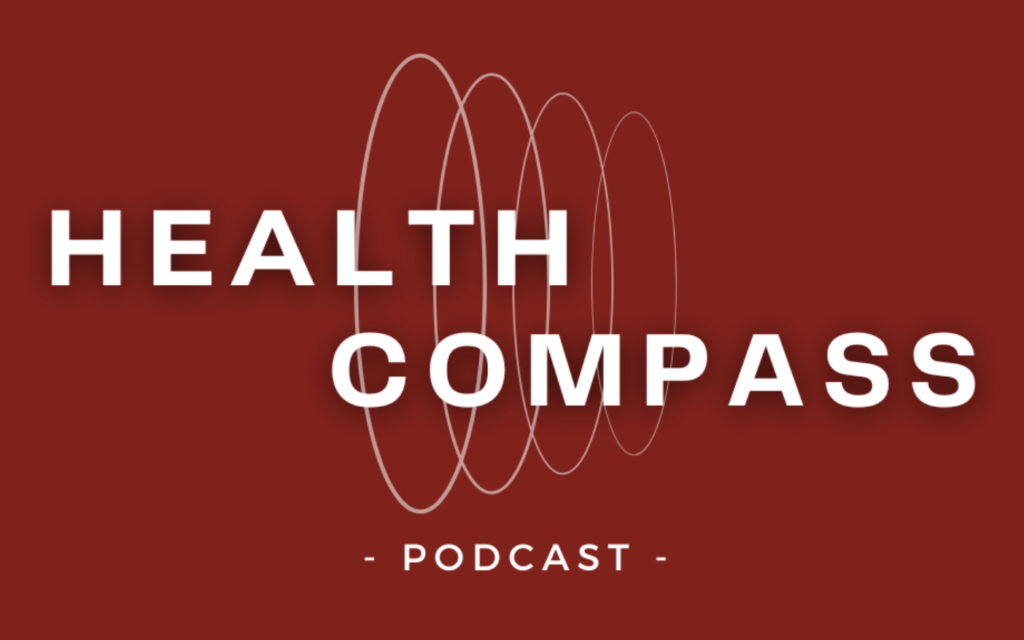
Check out the new
Health Compass podcast
Breaking down complex science and highlighting the innovators inspiring you to make informed choices for a healthier life.
WATCH IT HERE
Where does this leave us?
The final words on red light therapy: Stay tuned and dip your toes in if you like. There is promise and scientific evidence to back some uses in a clinical dermatology setting, particularly for hair growth and skin rejuvenation.
And as far as the unwanted dual effect of hair growth and wrinkle reduction -- if hair doesn't naturally grow in an area of the skin, it likely would not sprout anew, even after red light treatment, but there haven't been studies to definitively answer that question, Rahman said.
Whether dabbling at home or receiving treatment in a clinic, the risk of dangerous side effects is generally low. Some devices are cleared by the Food and Drug Administration, but that focuses mainly on safety, Rahman said.
It's always best to consult your dermatologist, both Kibbi and Rahman advise. And it's reasonable to bring a healthy dose of skepticism about any promises of dramatic aesthetic change.
"There's real evidence that shows red light can change biology," Rahman said. "But that's not the same as saying it's some kind of panacea for many different health conditions."
Have an idea for a 'What's the deal with...?' topic? Send it to sm_editors@stanford.edu.
Illustration: Emily Moskal / Stanford Medicine
More 'What's the deal with...?'
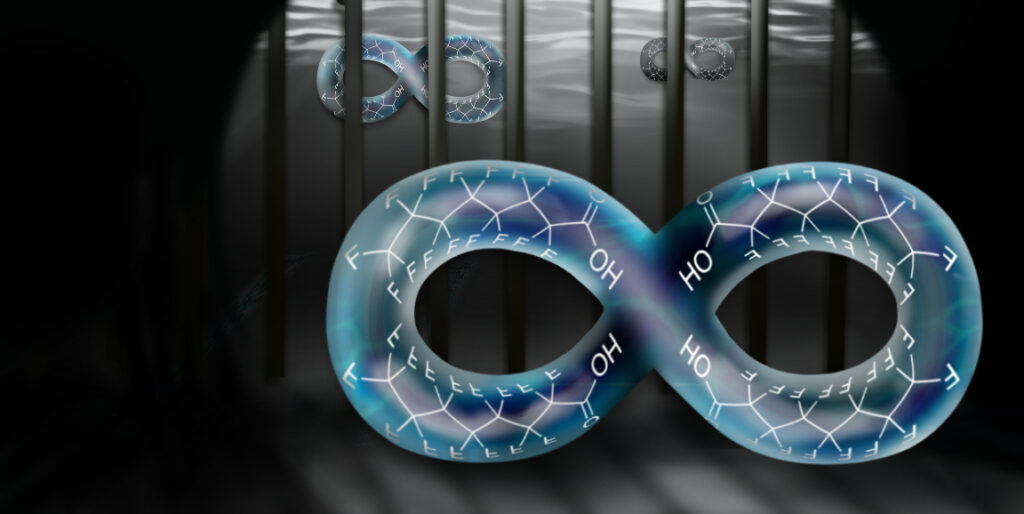

What's the deal with BMI, aka body mass index?
Examining the controversial number that dictates the healthy weight equation: body mass index. > READ STORY HERE
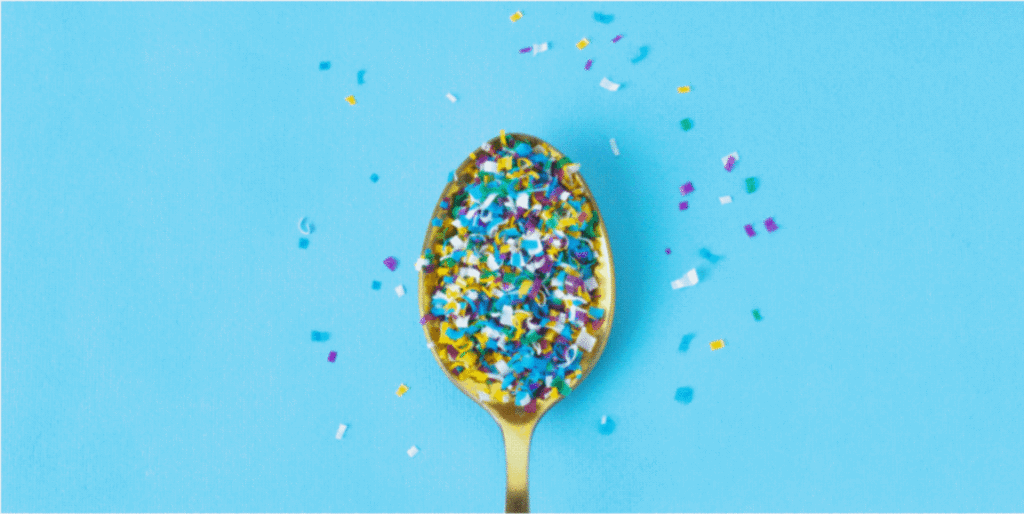
What's the deal with microplastics?
A closer look at the particles all around us that never break down. > READ STORY HERE


